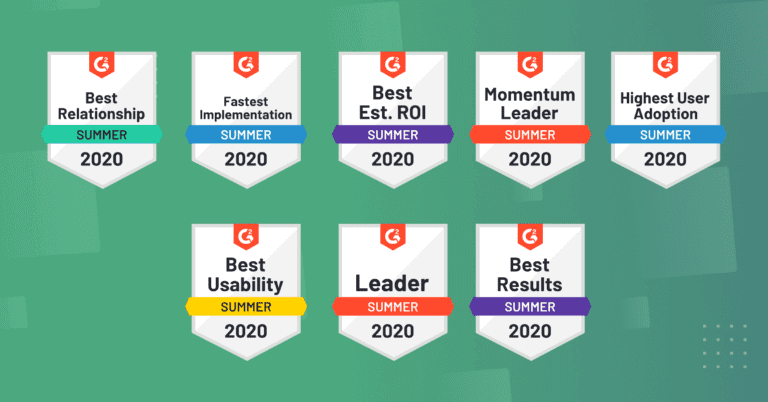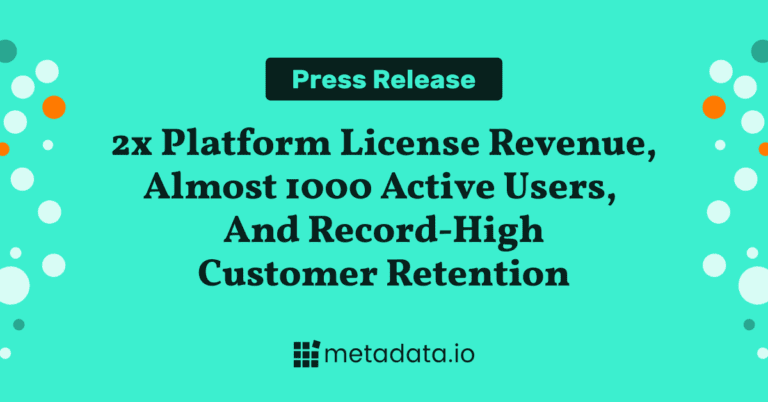How to Implement Paid Media Marketing Automation
Running paid media campaigns manually can be exhausting and inefficient. If you’re spending hours adjusting bids, tweaking audiences, and analyzing performance reports, it’s time to embrace automation.
Paid media marketing automation isn’t just about saving time; it’s about making your campaigns smarter, more efficient, and ultimately, more profitable. With the right tools and strategy, you can optimize ad spend, target the right people at the right time, and free yourself from the endless grind of manual adjustments.
In this guide, we’ll break down how to implement automation step by step, from choosing the best platforms to setting up workflows that actually work.
Establish a Foundation for Paid Media Marketing Automation
Before diving into automation, it’s important to establish a foundation by evaluating your current practices and preparing your team for the transition to automated systems.
1. Assess Your Current Strategy
A campaign audit helps uncover what’s working and what’s not. Look at cost per lead, conversion rates, and customer acquisition costs to see which channels and messages drive results. Tracking audience behavior through automation tools provides a clearer picture of why certain campaigns succeed while others fall flat. These insights make it easier to refine targeting, messaging, and budget allocation before automating anything.
Lead nurturing is another key area to review. If outreach still depends on manual follow-ups, automation can help deliver personalized messages at the right time without extra effort.
Take a closer look at your existing marketing channels and how well they support your business goals. If something isn’t working now, automating it won’t make it better. Fix any weak spots before adding automation into the mix.
2. Build a Skilled Team
Automation only works as well as the team managing it. Hands-on training with new platforms helps marketers turn data into more effective campaigns, and dynamic content capabilities allow ads and messaging to adapt based on user behavior. Learning how to use these tools makes campaigns more relevant without increasing workload.
Collaboration between marketing, sales, and IT makes automation smoother. Marketers bring strategy and creative direction, sales teams provide insights into customer pain points, and IT keeps the systems running. Regular check-ins help everyone stay aligned and adjust strategies as needed. Staying up to date on automation trends and platform updates also helps teams get the most out of their tools.
Select the Right Paid Media Marketing Automation Tools
Paid media marketing automation tools will help you save time on repetitive tasks and also provide insights and integration capabilities that can improve your overall marketing strategy.
When evaluating platforms, look out for these features:
- User-friendliness
- AI-powered bidding capabilities
- Robust audience segmentation
- Analytics and reporting
- Good customer support and training
Metadata’s Approach to Paid Media Automation
Metadata automates many of the manual tasks involved in running paid media campaigns. The platform uses AI to handle audience targeting, budget allocation, and campaign optimization, which reduces the need for constant adjustments. Instead of manually testing different audiences, creatives, and bidding strategies, Metadata runs multivariate experiments at scale and shifts budget toward top-performing variations.
The platform also integrates with CRM and marketing automation tools, allowing you to connect campaign performance with pipeline and revenue data. This helps marketers measure impact beyond clicks and conversions, and provides a clearer view of which campaigns contribute to actual sales.
How to Implement Paid Media Marketing Automation in Your Strategy
To implement paid media marketing automation, focus on key areas such as ad creation, bidding strategies, and audience targeting.
1. Automate Ad Creation and Deployment
Creating and managing ads manually takes time, especially when running multiple campaigns across different channels. With automation, you can quickly generate ad variations with different images, headlines, and copy tailored to different audience segments. This allows you to test multiple creatives at once and see what resonates best.
Programmatic advertising helps you place these ads where engagement is most likely, automatically adjusting in real time to reach the right people at the right moment. Automated scheduling runs your ads when your audience is most active, increasing the chances of conversions without requiring constant manual oversight.
2. Optimize Bidding Strategies
Managing bids manually can lead to wasted spend or missed opportunities. AI-powered bidding tools adjust bids automatically based on performance data, competition, and market conditions. Real-time bidding helps you secure the best placements at the best price, and keeps your campaigns competitive.
Automated budget allocation shifts spending toward the best-performing ads and audiences. Instead of setting fixed bids and hoping for the best, you can rely on automation to track engagement and adjust bids accordingly. This helps you avoid overspending on low-performing placements.
3. Improve Audience Targeting
Reaching the right audience is just as important as creating the right ad. Lookalike audiences help you find new prospects who share characteristics with your best customers, expanding your reach without relying on guesswork. Running paid social ads alongside other digital campaigns reinforces your messaging across multiple platforms.
Behavioral segmentation allows you to target people based on their actions, such as website visits, content engagement, or past purchases. Instead of using broad targeting, automation tools help you refine your audience based on real data, making your ads more relevant and increasing the likelihood of conversion.
Challenges and Considerations
Paid media marketing automation can save time and improve campaign performance, but it also comes with challenges that need careful attention. Balancing automation with human creativity, maintaining data accuracy, and navigating privacy regulations are all key factors in making automation work effectively.
Automation allows campaigns to run 24/7, but it can’t replace human insight. Pre-scheduled messaging and AI-driven optimizations help with consistency, however, relying too much on automated content can make interactions feel robotic. Reviewing messaging regularly and making adjustments based on audience response keeps your brand voice authentic and engaging.
Privacy regulations like GDPR and CCPA add another layer of complexity. These laws require businesses to collect, store, and handle user data transparently. It’s important to build privacy considerations into your automation setup from the start. Giving users control over their data and embedding consent mechanisms into every touchpoint maintains compliance and builds trust with your audience.
Next Steps for Your Paid Media Marketing Automation Strategy
Automation trims wasted effort and helps you deploy ads with real-time bidding, refined targeting, and high-volume scaling across numerous channels.
As digital advertising becomes more competitive, advanced automation tools are no longer optional. Platforms like Metadata use AI to optimize budgets, streamline campaign execution, and adjust targeting.
If you’re looking to improve your paid media performance and simplify campaign management, it’s time to explore automation. Book a demo to see how Metadata can help you run more targeted, data-driven campaigns with less manual effort.


